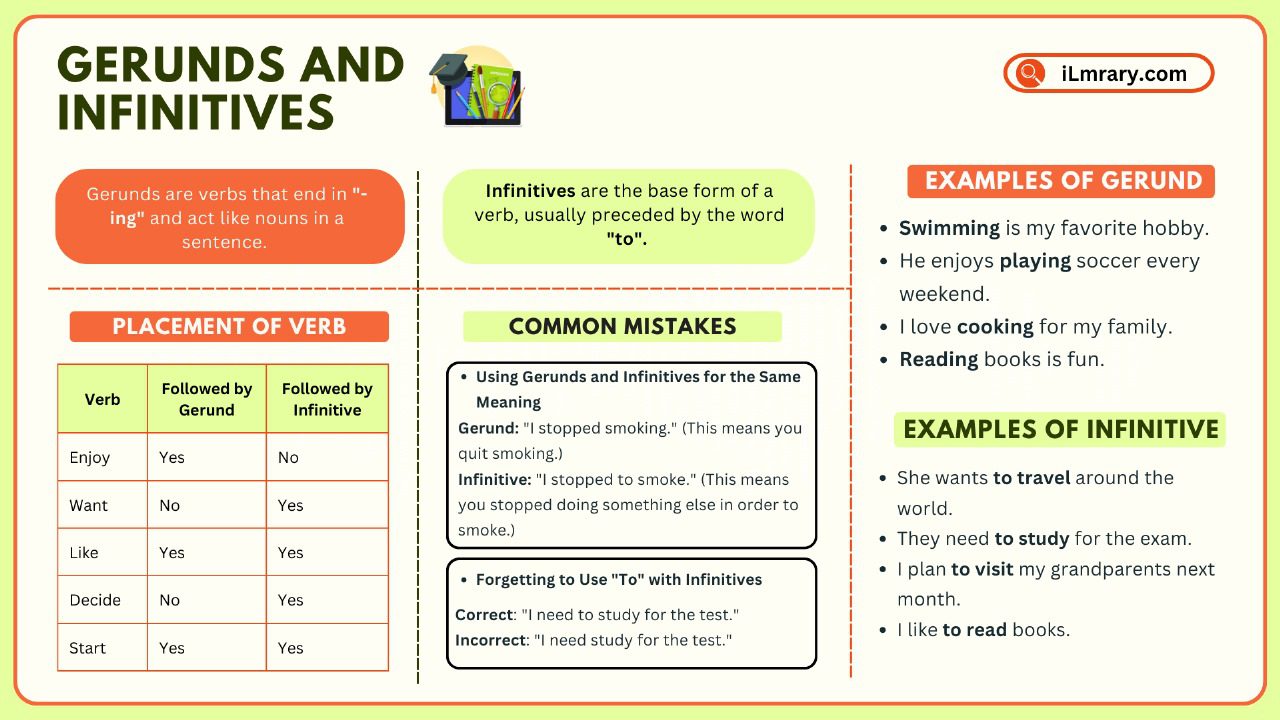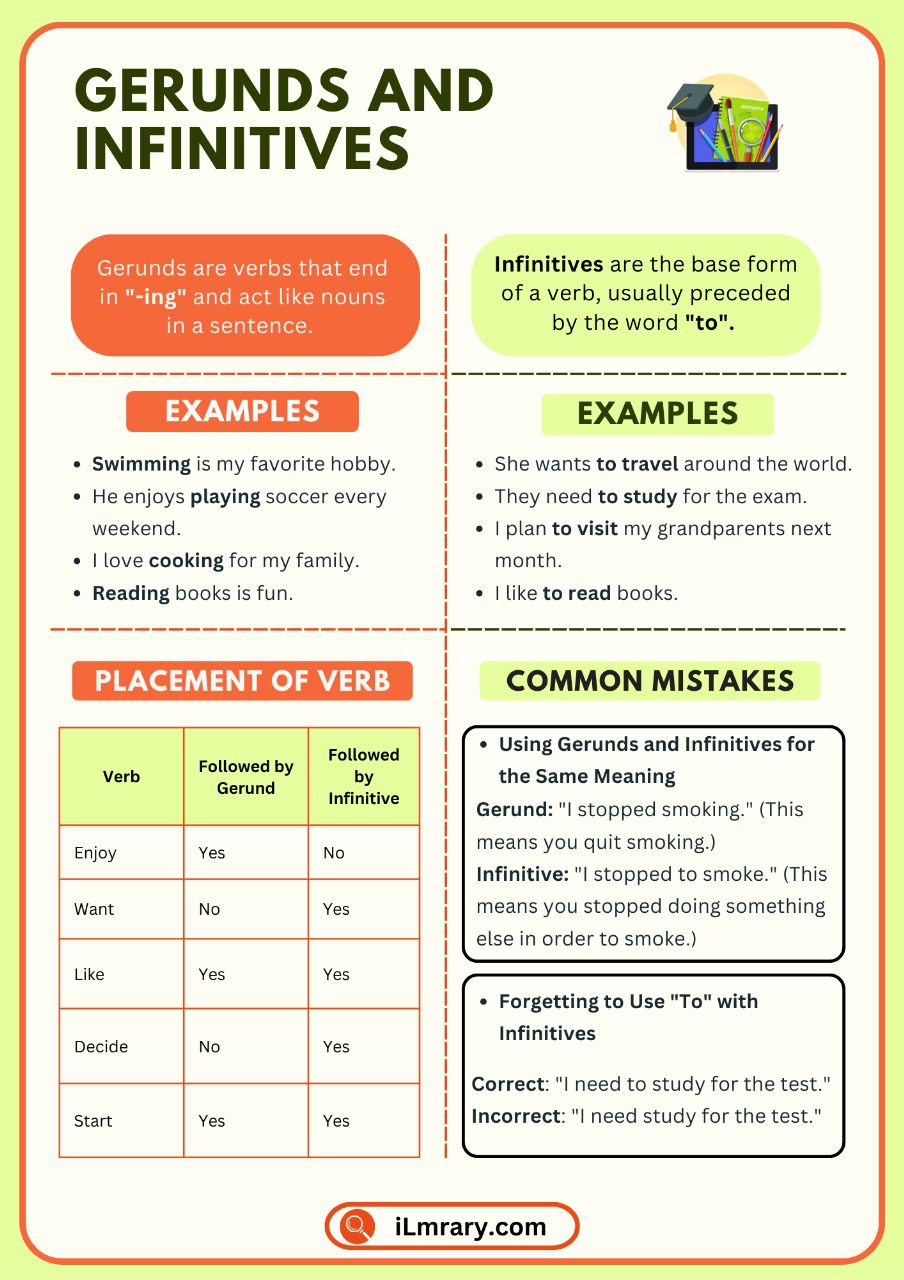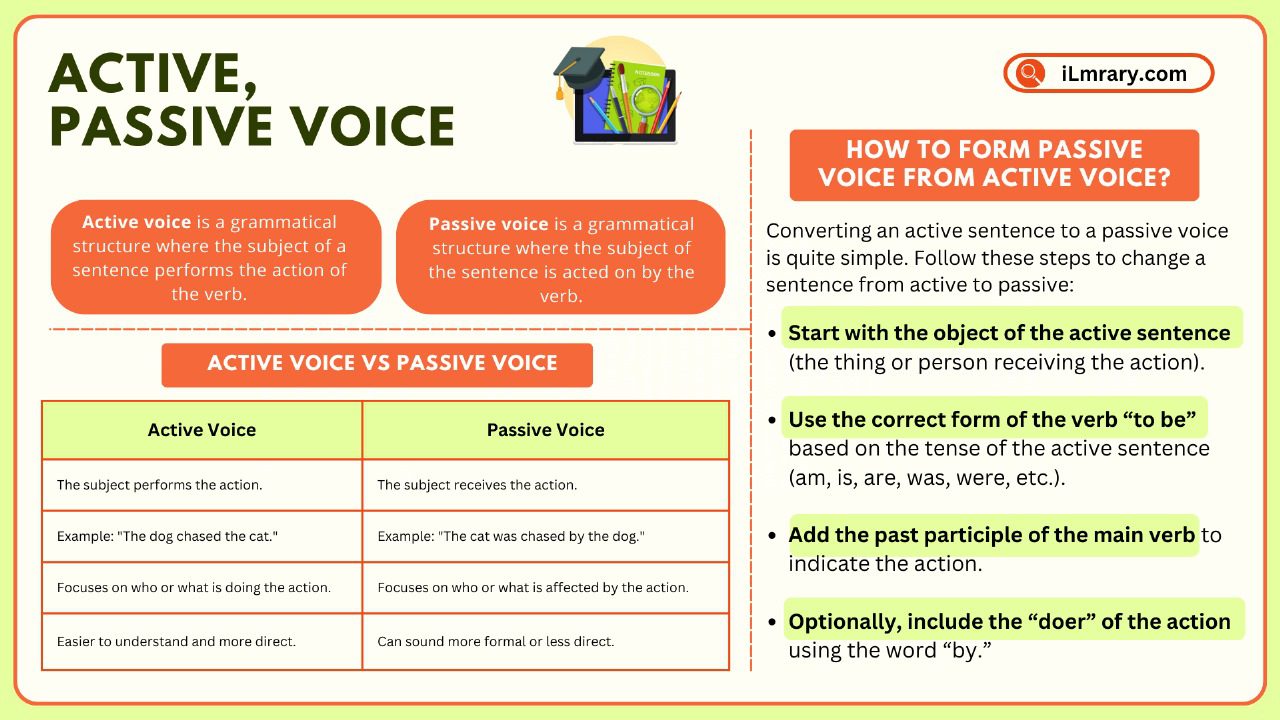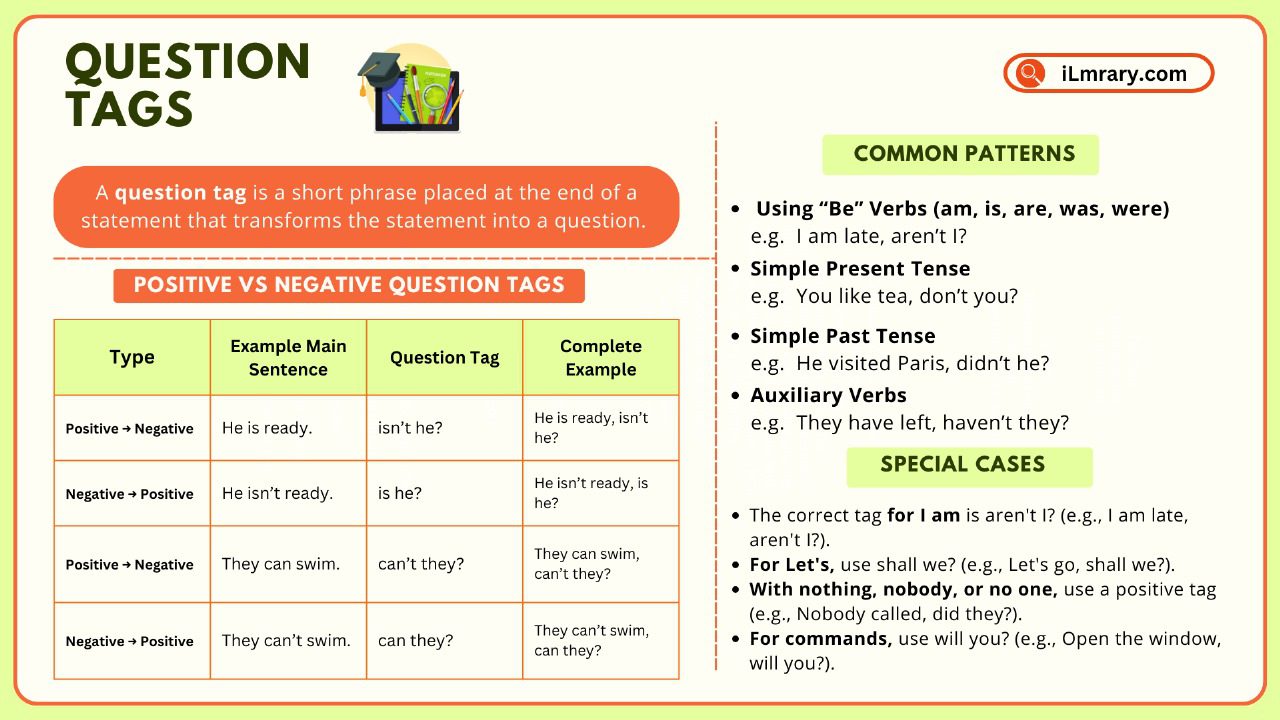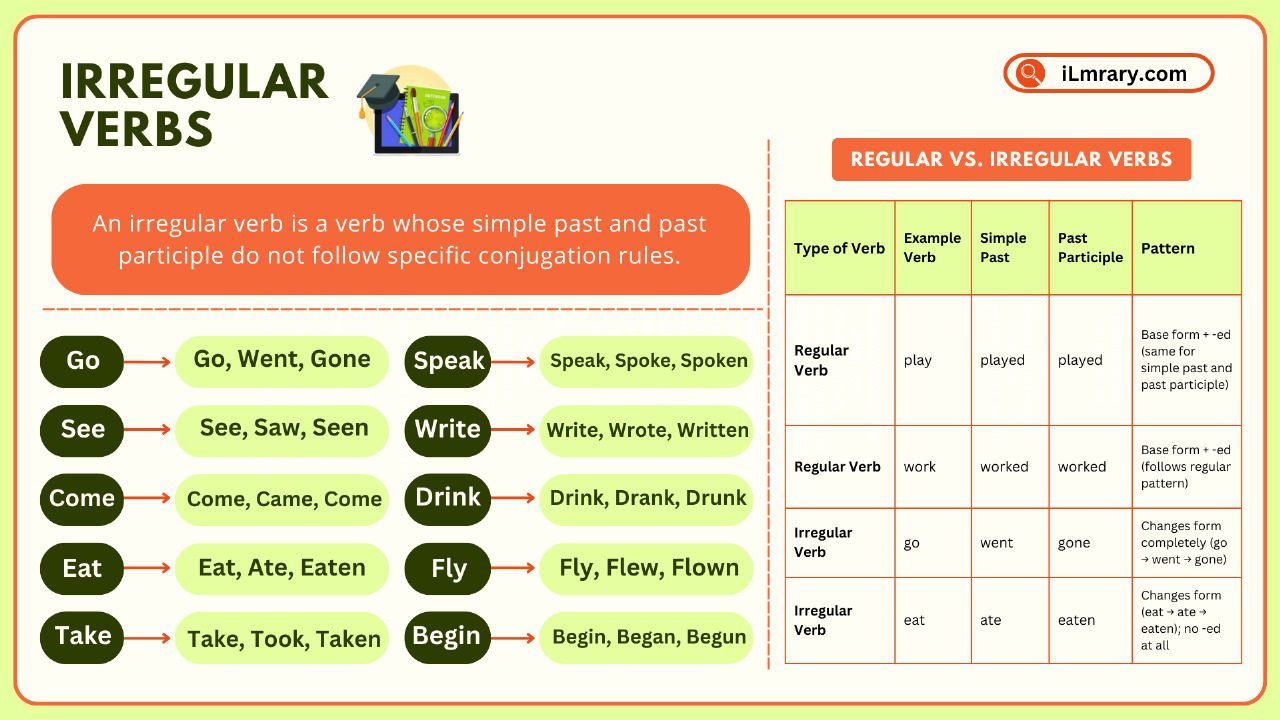When learning English grammar, you may come across words that end in “-ing” or are followed by the word to. These are gerunds and infinitives, and understanding how to use them correctly can make a big difference in your ability to speak and write clearly.
In this article, we will discuss gerunds and infinitives, explain common mistakes, and give you simple examples to help you understand their proper usage.
Contents
What Are Gerunds and Infinitives?
Gerunds:
A gerund is a verb form that ends in -ing and acts as a noun. It can be used as the subject, object, or complement in a sentence.
For example:
1 – Swimming is my favorite hobby.
- Gerund: Swimming
- Function: Subject of the sentence. (It is what the sentence is about, just like a noun would be.)
2 – He enjoys playing soccer every weekend.
- Gerund: playing (in the phrase playing soccer)
- Function: Direct object of the verb enjoys. (Ask He enjoys what? → playing soccer.)
3 – I love cooking for my family.
- Gerund: cooking
- Function: Direct object of the verb love. (Ask I love what? → cooking.)
Infinitives:
An infinitive is the base form of a verb, usually preceded by to. It can also function as a noun, adjective, or adverb.
For example:
1 – She wants to travel around the world.
- Infinitive: to travel
- Function: Direct object of the verb wants. (Ask She wants what? → to travel around the world.)
2 – They need to study for the exam.
- Infinitive: to study
- Function: Direct object of the verb need. (Ask They need what? → to study.)
3 – I plan to visit my grandparents next month.
- Infinitive: to visit
- Function: Direct object of the verb plan. (Ask I plan what? → to visit my grandparents.)
Key Differences Between Gerunds and Infinitives
| Aspect | Gerunds | Infinitives |
|---|---|---|
| Form | Verb + -ing (e.g., swimming) | To + base verb (e.g., to swim) |
| Function | Acts as a noun | Acts as a noun, adjective, or adverb |
| Example | I love dancing. | I want to dance. |
When to Use Gerunds
As you begin to use gerunds and infinitives in your sentences, you might make a few mistakes. The key is to understand where these mistakes typically happen and learn how to avoid them. Now, let’s take a look at some of the most common mistakes you don’t repeat them.
1 – Using the Wrong Form After Certain Verbs
One of the most common mistakes learners make is using the wrong form after certain verbs. Some verbs are followed by gerunds, while others are followed by infinitives. Here are a few examples:
- Verb + Gerund: I enjoy reading books.
- Verb + Infinitive: I want to read books.
It’s important to learn which verbs go with gerunds and which ones go with infinitives. Below is a simple comparison table to help you understand:
| Verb | Followed by Gerund | Followed by Infinitive |
| Enjoy | Yes (verb-ing = Enjoying) | No |
| Want | No | Yes (want + to + base verb) |
| Like | Yes (verb-ing = Liking) | Yes (like + to + base verb) |
| Decide | No | Yes (decide + to + base verb) |
| Start | Yes (verb-ing = Starting) | Yes (start + to + base verb) |
2 – Using Gerunds and Infinitives for the Same Meaning
Sometimes, gerunds and infinitives can have similar meanings, but they are not always interchangeable. Here are examples where the meaning can change depending on which form you use:
- Gerund: I stopped smoking. (This means you quit smoking.)
- Infinitive: I stopped to smoke. (This means you stopped doing something else in order to smoke.)
So, even though both sentences use stop, the meaning changes depending on whether you use a gerund or an infinitive.
3 – Forgetting to Use “To” with Infinitives
Another common mistake is forgetting to add the word to before the infinitive. This is especially important when the infinitive follows certain verbs. Here’s a quick example:
- Correct: I need to study for the test.
- Incorrect: I need study for the test.
Remember to always use to with the infinitive form unless the verb is a modal verb like can or must, which do not require to.
4 – Confusing Gerunds and Infinitives After Certain Verbs
Some verbs can be followed by both gerunds and infinitives, but the meaning can change depending on which one you use. For example:
- Forget + Gerund: I forgot meeting him. (This means you don’t remember the action of meeting him.)
- Forget + Infinitive: I forgot to meet him. (This means you did not do the action of meeting him.)
importance of Learning Gerund and infinitives
Learning both gerunds and infinitives is important because they help you express ideas clearly and correctly. They give you the ability to talk about actions, purposes, and intentions in different ways. Knowing when to use each form helps you avoid mistakes and makes your speech or writing sound more natural.
It also makes your English more flexible and easier to understand, since certain verbs are followed by gerunds or infinitives. Mastering these helps you improve your communication skills and sound more like a native speaker.
Example Sentences with Gerund and Infinitives
FAQs:
1 – What’s the difference between a gerund and an infinitive?
A gerund is a verb ending in “-ing” that acts like a noun (e.g., reading), while an infinitive is the base form of a verb preceded by to (e.g., to read).
2 – Can I always use gerunds and infinitives interchangeably?
No, not always. Some verbs require a specific form, and using the wrong one can change the meaning of the sentence.
3 – How do I know whether to use a gerund or infinitive after a verb?
Some verbs are always followed by gerunds, while others are followed by infinitives. You can memorize these patterns to help you choose the right one.
4 – What should I do if I am confused about which form to use?
When in doubt, check a list of verbs followed by gerunds or infinitives, or look at the meaning you want to express in the sentence.
Conclusion
To sum up, Gerunds and infinitives are essential parts of English grammar. By understanding their uses and avoiding common mistakes, you will be able to express yourself more clearly and confidently. So, remember to practice with examples, pay attention to the meaning, and learn the verbs that are followed by gerunds or infinitives. With time and effort, you’ll become much more comfortable with these grammar forms.
You May also like


